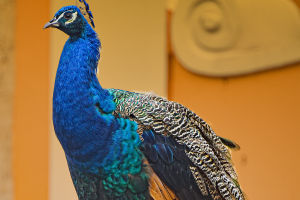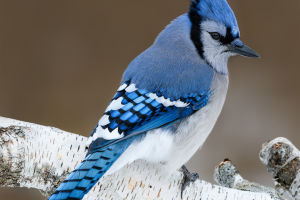Clownfish are a type of sea fish that are mainly found in the Pacific Ocean, Indian Ocean, and Red Sea. Currently, there are 28 different varieties of clownfish known to man.
Clownfish are native to the warmer waters of the Indian and Pacific Oceans, including the Great Barrier Reef and the Red Sea. Although they are mostly found in restricted areas, some of them have a much wider distribution. These fish live at the bottom of shallow seas or coral reefs.
Most clownfish are bright with stripes, and they are so-called because they typically have one or two white stripes on their faces. Clownfish are also known as "anemone fish" because they treat places with anemones as a defense mechanism.
The clownfish attract other fish to approach, thus increasing the predation opportunities of the anemone. This unique relationship between clownfish and anemone is a symbiotic one.
Clownfish are highly territorial creatures. A male and female pair usually occupy a particular anemone to prevent other similar types of fish from entering. If they are in a large anemone, they will allow other juveniles to join in.
In such a big family, the female is the dominant member. She and her mate dominate the group, while the other members are young fish with unique characteristics.
Clownfish are considered to be base fish, and their body shape is suitable for swimming between coral reefs or rocks. Their bodies are flat and compressed on the sides, allowing them to easily hide in gaps in anemones or coral to avoid the invasion of natural enemies.
Clownfish play an important role in the ecosystem. As prey, they provide a food source for other fish and marine life. The symbiosis between clownfish and anemones has also had a significant impact on the marine ecosystem.
Clownfish protect the anemone while providing a source of nutrients to help the anemone grow and reproduce. Changes in the ecological status and quantity of clownfish may, therefore, affect the stability of the entire marine ecosystem.
Clownfish have excellent vision and smell, which enables them to accurately find food and identify family members. They primarily feed on floating creatures, small crustaceans, and other small fish. They use their sharp teeth and strong jaws to bite their food.
Clownfish lay their eggs on rocks or corals. During the breeding season, females lay their eggs on anemone or rocks, and then the male sprays sperm on the eggs to fertilize them.
Once the eggs are fertilized, they become very sticky and attach to the surface of anemones or rocks. This makes them less vulnerable to the impact of the current and ensures better incubation and protection of the juvenile.
Clownfish also have a unique ability to change gender. In each clownfish community, the dominant member is usually the female. If the female dies or disappears, its mate will change into a female within a few weeks after a series of hormonal changes, and it will have the physiological function of a female.
Clownfish are interesting marine creatures. Their symbiotic relationships, territorial behavior, and gender changes make them a hot topic in biological research. They are also an indispensable part of the coral reef ecosystem, playing a vital role in maintaining the balance and stability of the ecosystem.


